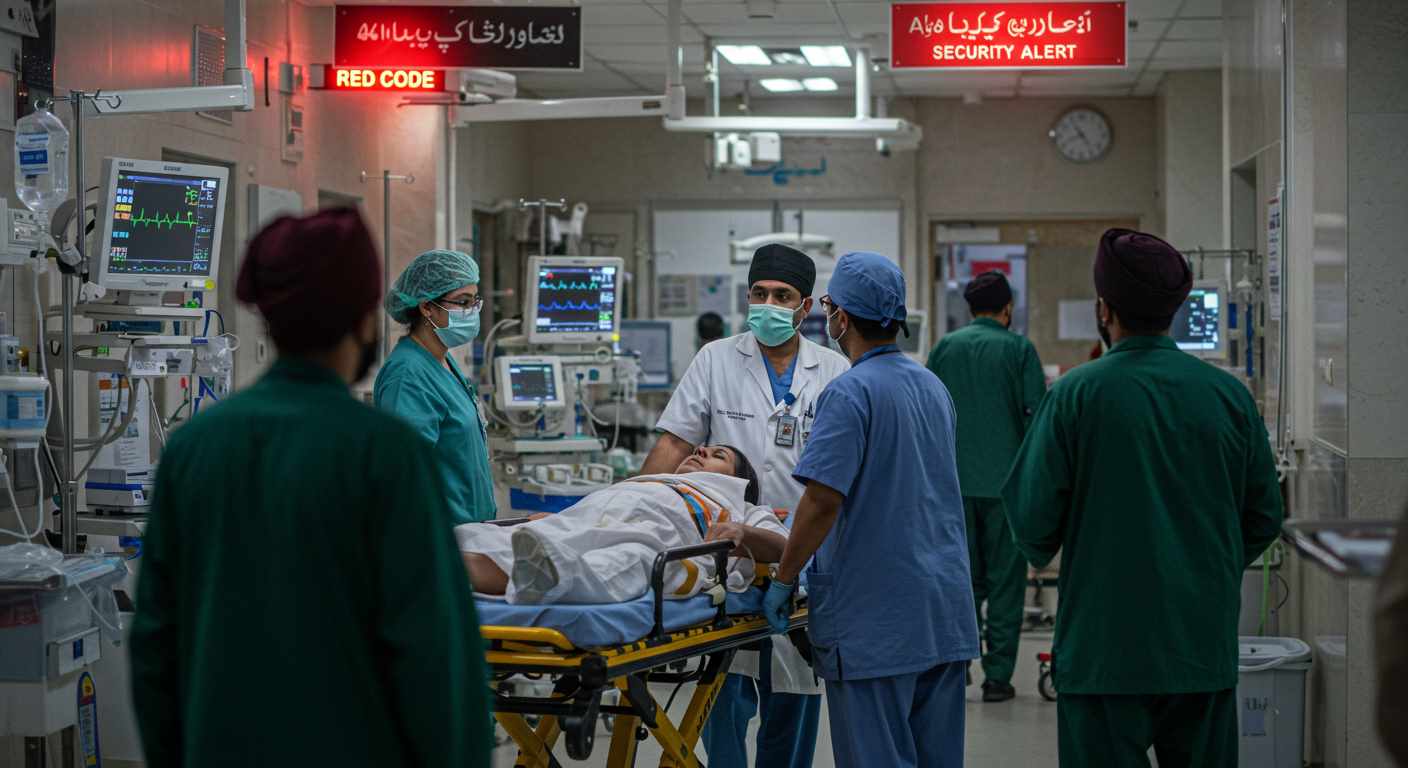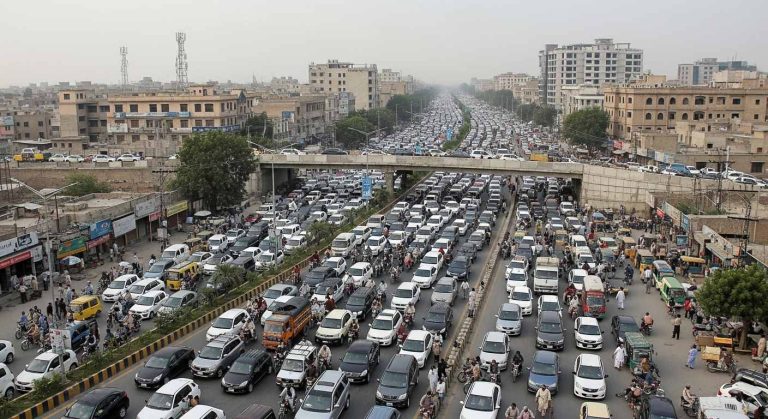Punjab Rolls Out ‘Red & Blue Code’ Emergency Alert System in Hospitals to Strengthen Patient Safety and Crisis Response

In a bold step to modernize hospital emergency protocols and improve patient safety, the Government of Punjab has launched the ‘Red and Blue Code’ alert system across all public hospitals. The initiative, spearheaded by Chief Minister Maryam Nawaz, is designed to ensure faster, more coordinated responses to both medical and security emergencies, reducing delays and enhancing accountability in hospital environments.
This new system is part of a larger health sector reform strategy aimed at elevating the standard of care across the province’s healthcare institutions.
What Are the ‘Red’ and ‘Blue’ Codes?
The ‘Red and Blue Code’ system categorizes hospital emergencies into two distinct types:
- Red Code refers to critical medical emergencies. When this code is activated, it indicates that a patient is experiencing a life-threatening condition such as cardiac arrest, respiratory failure, or severe trauma. Trained medical emergency teams are expected to respond within seconds, equipped with life-saving tools and medications.
- Blue Code is triggered in response to non-medical emergencies such as violence against hospital staff, mob attacks in emergency rooms, security breaches, fire, or structural hazards. This code calls for immediate action from the hospital’s security personnel or local law enforcement to defuse potentially dangerous situations.
These standardized alert codes, widely used in global hospital systems, are now being adapted for the first time in a province-wide framework in Pakistan.
Why Was This System Introduced?
The introduction of the new code-based system was prompted by multiple challenges faced by public hospitals in Punjab, including:
- Delays in responding to critical medical emergencies
- Frequent incidents of aggression toward doctors and nurses
- Poor coordination during hospital crises
- Increasing public complaints over mishandled emergency cases
Chief Minister Maryam Nawaz stated during the launch:
“This system isn’t just about codes. It’s about saving lives, restoring order, and ensuring no patient suffers due to administrative negligence or lack of preparedness.”
Implementation and Rollout Strategy
The Health Department of Punjab has issued directives for full implementation of the Red and Blue Code system across all government hospitals within two weeks. The plan includes:
- Regular emergency drills in all departments
- Training sessions for medical and security staff
- Designation of rapid response teams in each hospital
- Public address systems for code announcements
- Clearly defined Standard Operating Procedures (SOPs) in English and Urdu
A centralized dashboard is also being developed at the provincial level to monitor how quickly hospitals respond to activated codes. Hospitals that fail to comply or show poor response time may face administrative scrutiny.
Reaction from Healthcare Workers and Citizens
Doctors and healthcare workers across the province have expressed cautious optimism regarding the system. According to Dr. Farah Malik, a senior emergency physician in Rawalpindi:
“This is a step in the right direction. If enforced properly, the Red Code alone can prevent countless deaths. But the system’s success depends heavily on training and real-time coordination.”
However, concerns remain over the availability of trained staff and emergency equipment in rural areas, where hospitals often operate under-resourced.
Patients and citizens have responded positively to the news. Many have shared their past experiences on social media, hoping that the Red Code will prevent tragedies caused by delayed medical response. There is also growing public support for the Blue Code, as violence against healthcare workers has sadly become more common in recent years.
Broader Reform Agenda
Officials from the Health Ministry hinted that the Red and Blue Code system is just the beginning. A second phase is already being discussed, which may include:
- Integration of ambulance services and emergency response apps
- Introduction of a Green Code for mass-casualty or disaster scenarios
- Partnerships with private hospitals to extend the system’s reach
- Mobile app alerts for hospital staff and administrators
These measures aim to build a more resilient healthcare infrastructure capable of handling both medical and security challenges swiftly.
Final Thoughts
The implementation of the Red and Blue Code system across Punjab’s public hospitals reflects a growing awareness of the need for structured, professional emergency management. While it is a major reform step, its real impact will depend on consistent enforcement, periodic training, and the political will to hold institutions accountable.
If successful, Punjab could set a new national standard for emergency care in public hospitals—an achievement that could ultimately save thousands of lives and restore public trust in the healthcare system.




